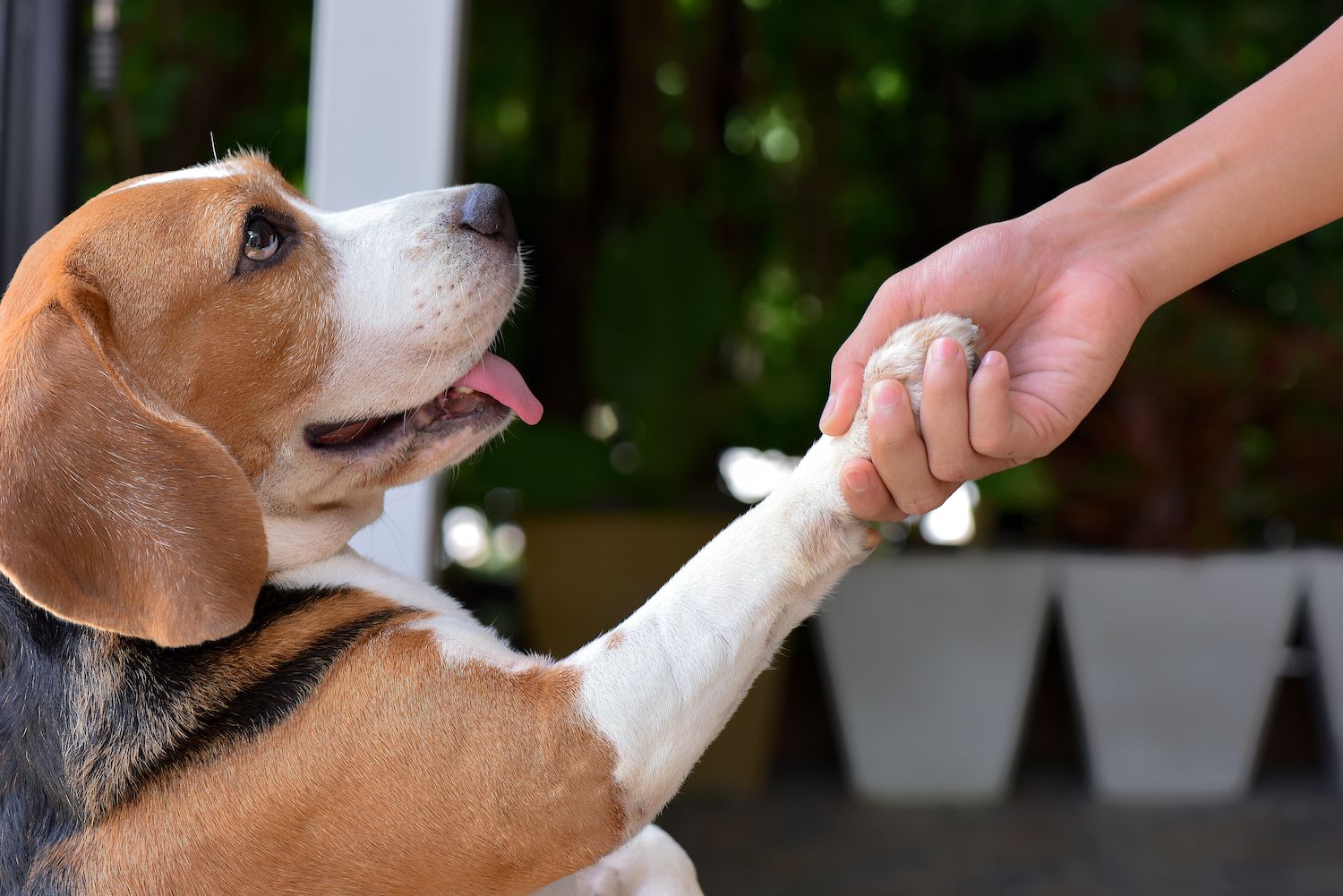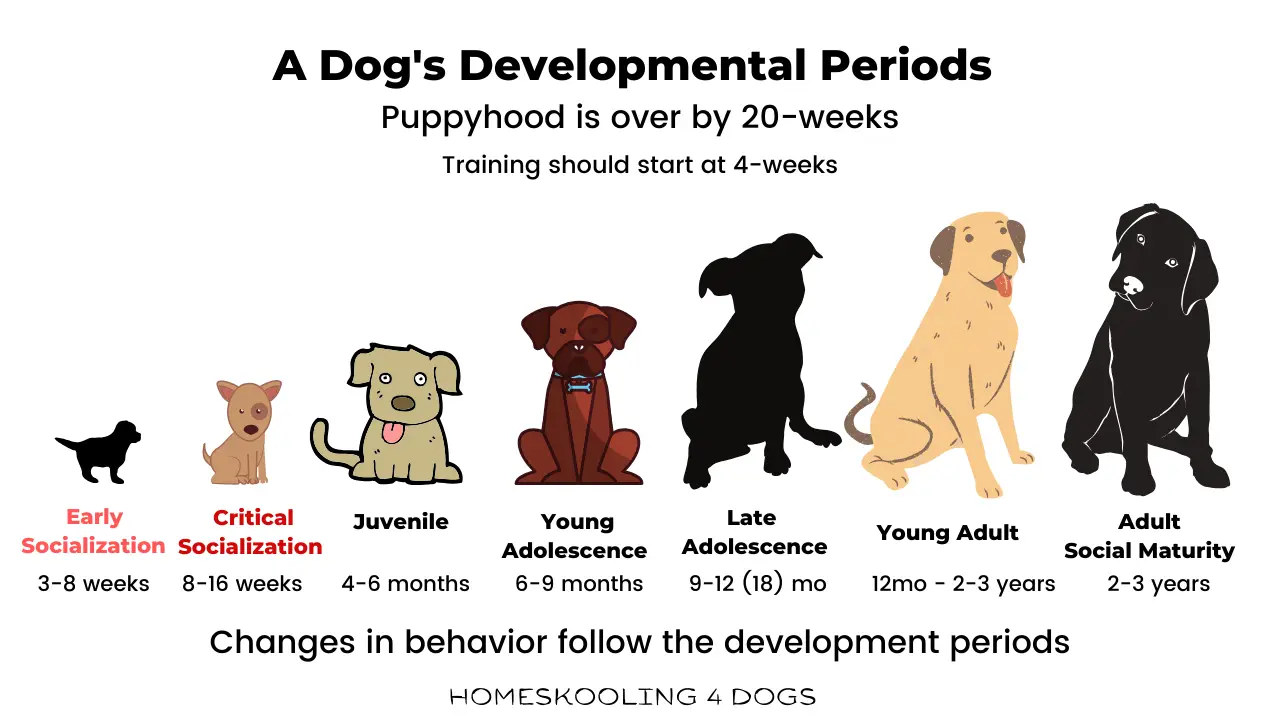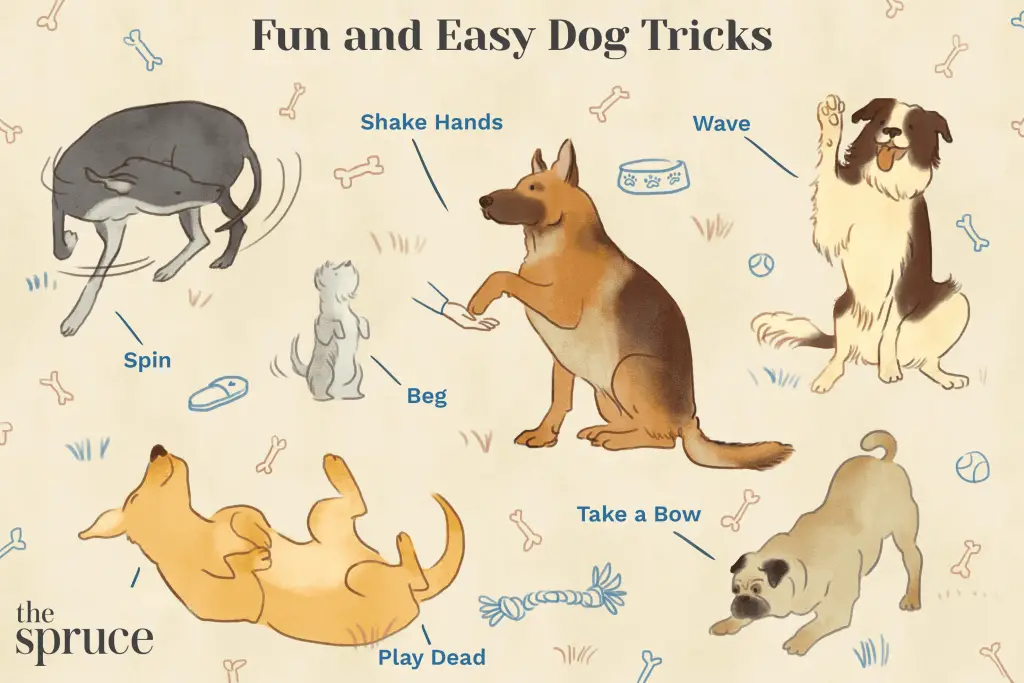Bringing home a new puppy or dog is an exciting time. But without proper training, unwanted behaviors can develop. Many dogs end up in shelters simply due to lack of training. By learning how to effectively teach your dog, you can prevent problems. You can build an enjoyable life together.
To help you succeed, I spoke with professional dog trainers and veterinary behavior experts. Here they share their best tips for training dogs based on decades of experience. Follow their top training advice to get the most out of your canine-human friendship.
Use Positive Reinforcement

Current expert consensus supports positive reinforcement training. The idea is simple. Reward desired behaviors and ignore unwanted ones.
“Use praise, play, treats, and attention to mark and reward correct responses to cues,” says Sarah Marshall, head trainer at Clever Canines Academy. “Avoid punishment like yelling or corrections. These harm trust and don’t show the dog what to do instead.”
Veterinary behaviorist Dr. Jill Goldman agrees: “Decades of research prove reward-based training works best. Dogs learn fastest using positive reinforcement of gradual steps toward a goal behavior.” For example, reward puppy steps toward a sit to build the final sit command.
Make the reward more appealing than anything else. Trainers use high-value treats, favorite toys, and over-the-top praise. The payoff motivates dogs to repeat actions. Correct timing ensures you mark the precise desired response. Consistency and patience lead to success.
Start Training Early

Early puppy training creates vital groundwork for manners. Pups soak up knowledge best between 8 to 16 weeks old, says certified trainer Amanda Kelly of Amanda’s Way Dog Training.
“Use this time to teach basic commands like sit, down, stay, and come. Start leash walking. Gently expose puppies to sights and sounds to prevent fear,” she advises. Group puppy classes provide safe socialization.
Dr. Goldman notes make early training “a fun, rewarding game.” “Keep lessons under 5 minutes. Capture and reward natural puppy behaviors,” she says. Everyday positive experiences build a foundation for more complex training later.
Pair Verbal and Hand Signals
Dogs don’t understand English. Compliance links our verbal cues with practical meaning. Certified professional trainer Chad Mackin suggests using both verbal commands and physical signals.
“Dogs interpret tone, volume, and body language faster than words alone. Consistently pair a verbal cue like ‘sit’ with a physical lure to teach the meaning,” he says. For example, hold a treat over their nose and say ‘sit’ as you move it over their head so their butt drops.
Vary verbal and physical prompts but maintain the pairing,” Mackin recommends. This boosts comprehension when communication gets noisy like at a park.
Hand signals also help motivate dogs from a distance. “Use them for off leash training at increasing distances from distractions,” suggests trainer Kelly. “Eventually your dog responds to either cue independently.”
Train One Step at a Time
Dogs don’t generalize well. If you teach ‘shake’ by the door, they may not follow that cue across the room. Break behaviors into small achievable location-based sets for success.
“Teach new behaviors via incremental training steps,” says Dr. Goldman. “Gradually raise criteria by changing locations, distances, distractions, and behavior duration.”
Marshall gives an example: “If teaching loose leash walking, first reward eye contact at home. Then maintain attention for a few steps. Build duration and add environments like the backyard, then sidewalk.”
“Reset and retrain simpler steps if unsuccessful,” Marshall advises. “Increase challenge level only once previous steps are reliable.” This stepwise approach prevents frustration and builds rock-solid behaviors.
Make It a Lifestyle
Effective training doesn’t end after classes. Integrate short training interludes during walks, play, and downtime to maintain skills, Mackin suggests. “Practice basic cues or teach fun new behaviors.”
For disobedience, get remedial class help early on for best results. “These identify gaps and improve communication,” says Kelly. Refresher courses reinforce politeness around distractions.
Consistency is key long-term. All family members should follow the same cues and training approach. “Everyone tags in as the dog’s coach to instill lifelong obedience,” Marshall explains. Staying kind and patient is equally important.
Manage the Environment
Setting dogs up for success goes beyond just training. Controlling the environment prevents undesirable behaviors.
“Keep tempting objects out of reach. Confine puppies when you can’t watch them closely,” recommends Dr. Goldman. Gates, crates, tethers and leashes limit accident and destruction opportunities.
Kelly suggests strategically managing problem situations: “If your dog gets over-aroused around other dogs, cross the street to create more distance.” Customizing the environment removes stressors triggering poor responses.
“Identify difficult scenarios and keep dogs below threshold until you gradually improve reactions through training,” says Marshall. For example, a dog reactive dog needs controlled, progressive exposure to other canines.
While setting dogs up for success, also build in real-life challenges. “Vary locations and distractions to improve reliability of commands,” advises Mackin. Balance smart management with “real world” practice.
Make it Enjoyable
Positive experiences ensure dogs retain lessons. Force-free training relies on engagement through play, food rewards, bonding and fun.
“Use highly motivational rewards like real meat treats and favorite toys just for training,” Kelly suggests. Give frequent, effusive praise for effort and cooperation too.
Always quit on a high note during sessions. “End with successes to keep your dog motivated next time,” says Marshall. Short, upbeat sessions tickle your dog’s training sweet spot.
Dr. Goldman emphasizes the relationship is the ultimate reward. “Training strengthens the human-animal bond. Make it enriching for both through play, praise and positive reinforcement.”
Seek Expert Guidance
Don’t be afraid to ask for help. Professional trainers offer assistance resolving issues, providing new perspectives, and accelerating success.
If problems emerge, get expert input early for best results. “Seeking help when issues first arise can prevent ingrained problems,” notes Kelly.
For everyday training, group classes provide affordable access to trainers plus socialization. “Let professionals demonstrate technique and coach you in real time,” Marshall says. Private lessons offer customized troubleshooting.
“Find a certified positive reinforcement trainer. Check credentials through organizations like CCPRT and IAABC to ensure humane, proven methods,” recommends Dr. Goldman.
By partnering with professionals, you gain skills to become your dog’s best coach and interpreter.
Incorporate Fun Games
Training clicks best when dogs don’t realize they’re learning. Blend instruction with playful games.
“Incorporate games with new toys and rewards that build desired skills,” Kelly suggests. For example, teach “drop it” using two toys to make it a rewarding tug game.
Marshall tailors games to each dog. “If food motivated, play ‘find it’ by hiding treats around the house to practice come, sit and down.” Does your dog love chasing moving objects? Tape treats to a remote control car and drive it as they follow practicing stay and heel.”
“Make training playful for you too – get creative and have fun with it!” says Dr. Goldman. Pursuing silly antics you both enjoy enhances bonding.
Troubleshoot Common Issues
Some common yet undesirable behaviors include jumping on people, barking, leash pulling, chewing, begging, and separation anxiety. Trainers offer solutions:
Jumping – “Teach an incompatible ‘settle’ behavior using treats and praise. Reward calm sitting to condition this instead of jumping,” Marshall suggests.
Barking – “Identify triggers, redirect to obedience cues using treats when calm. Teach a ‘quiet’ cue,” recommends Mackin.
Leash Pulling – “Stop moving when they pull. Reward slack leash with treats and forward movement,” says Kelly.
Chewing – “Provide enrichment toys. Supervise or crate when alone. Train ‘leave it,’” advises Dr. Goldman.
Begging – “Down stay during meals. Feed after humans eat.”
Separation Anxiety – “Desensitize slowly to departure cues. Provide food puzzles when leaving,” Marshall suggests.
Patience and consistency transform pups into polite companions. Stick with positive methods that communicate how you want your dog to act. With an openness to learning yourself, you’ll master providing the caring guidance dogs crave. Training done right strengthens your bond immeasurably. Delve into this rewarding journey together – your loyal friend eagerly awaits!
